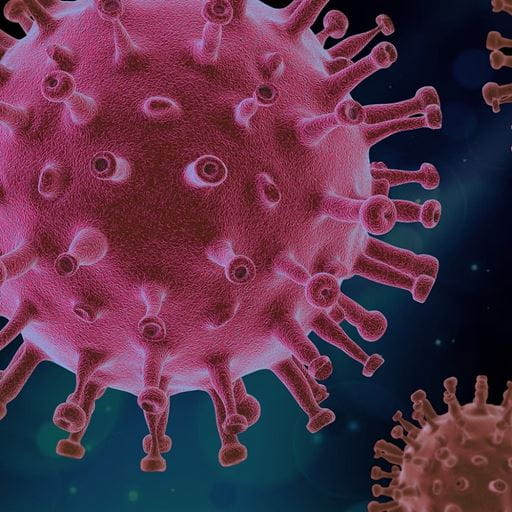COVID-19 methodology proves valuable forecaster of how the virus spreads in communities
-
Date
Mon 3 Aug 20

A scientific team including Essex mathematicians has devised a new modelling approach for COVID-19 which provides a valuable forecaster for the spread of the virus in countries and states.
The advantage of this modelling approach over other more complex methods lies in its simplicity as it comprises of only three equations and can understand the main characteristics of the spread of the virus without making use of complex assumptions, based solely on these equations and published data.
Led by the University of Sydney, the team developed a susceptible-infected-removed (SIR) methodology that can accommodate the possibility of surges in the susceptible population and provide a theoretical framework to investigate the virus’s spread within communities.
The developed SIR methodology, groups individuals within a community into three population sets: susceptible individuals who could become infected, infected individuals and removed individuals, who have recovered or have died due to the virus. In their approach, the susceptible population is a variable, rather than a constant, that can be reset at any time to account for new outbreaks of the disease within a community.
Mathematical modelling theories are effective tools to deal with the evolution and patterns of disease outbreaks over time and provide useful predictions of the impact of interventions in decreasing the number of people either infected or susceptible to contracting the virus.
Using data from China, South Korea, India, Australia, Italy and Texas in the USA, the methodology provides a theoretical framework to investigate the spread of the virus in these communities and also a view on how this will evolve over time that the recorded data alone are not able to do so.
This methodology is distinct in that as new data are added to the model it is easy to adjust its parameters and provide rapidly, very precise estimates of the number of likely deaths in the future and time scales for the increase or decrease in the number of infections in communities, including the possibility of surges in the susceptible population.
Dr Chris Antonopoulos, from Essex’s School of Mathematics, Statistics and Actuarial Science, said: “Our results show that our methodology predicts accurately the trajectory of the spread of the virus in different communities as it can accommodate surges in the susceptible population, be run every day as new data are fed into the system and be adjusted to the recorded data. It is this flexibility which makes it an excellent forecaster for the spread of the virus in communities.
“The methodology we used is very simple, yet the predictions from it can track published data very accurately for the total number of infections, the number of active cases, the number of recoveries and the number of virus-related deaths. This allows for forecasting the possible trajectory of the virus well into the future. Consequently, our methodology can provide information that can help understand how the virus spreads and offer governments and authorities insights into when to introduce policies to keep the spread of the virus under control. It can also pinpoint whether a surge is building up, helping the authorities to adjust their policies accordingly.”
The data were taken between January and June 2020 – before and during the implementation of strict control measures – and by comparing the published data with the model predictions, it is possible to predict the success of government interventions.
The team was also critical of statements made early in the crisis, where they stated there was no need to act when the infection numbers were low. “This is precisely the time when actions are necessary as the spread of the virus initially has rapid (exponential) growth,” added Dr Antonopoulos. “Measures to confine the spread of the virus should be taken as early as possible when the very first cases are reported, as the cases increase beyond easy control very soon after the outbreak.”
Dr Antonopoulos concluded: “Our analysis confirms the successes and failures in some countries in the control measures taken to halt the spread of the virus. However, one key point our methodology did show is that it is certain that COVID-19 is not going to go way quickly or easily; hence the necessity for the continuation of control measures to confine it.”
.jpg?mh=500&mw=500&hash=6568B6C9CCF5290A596BEF6678B6AD0E)



